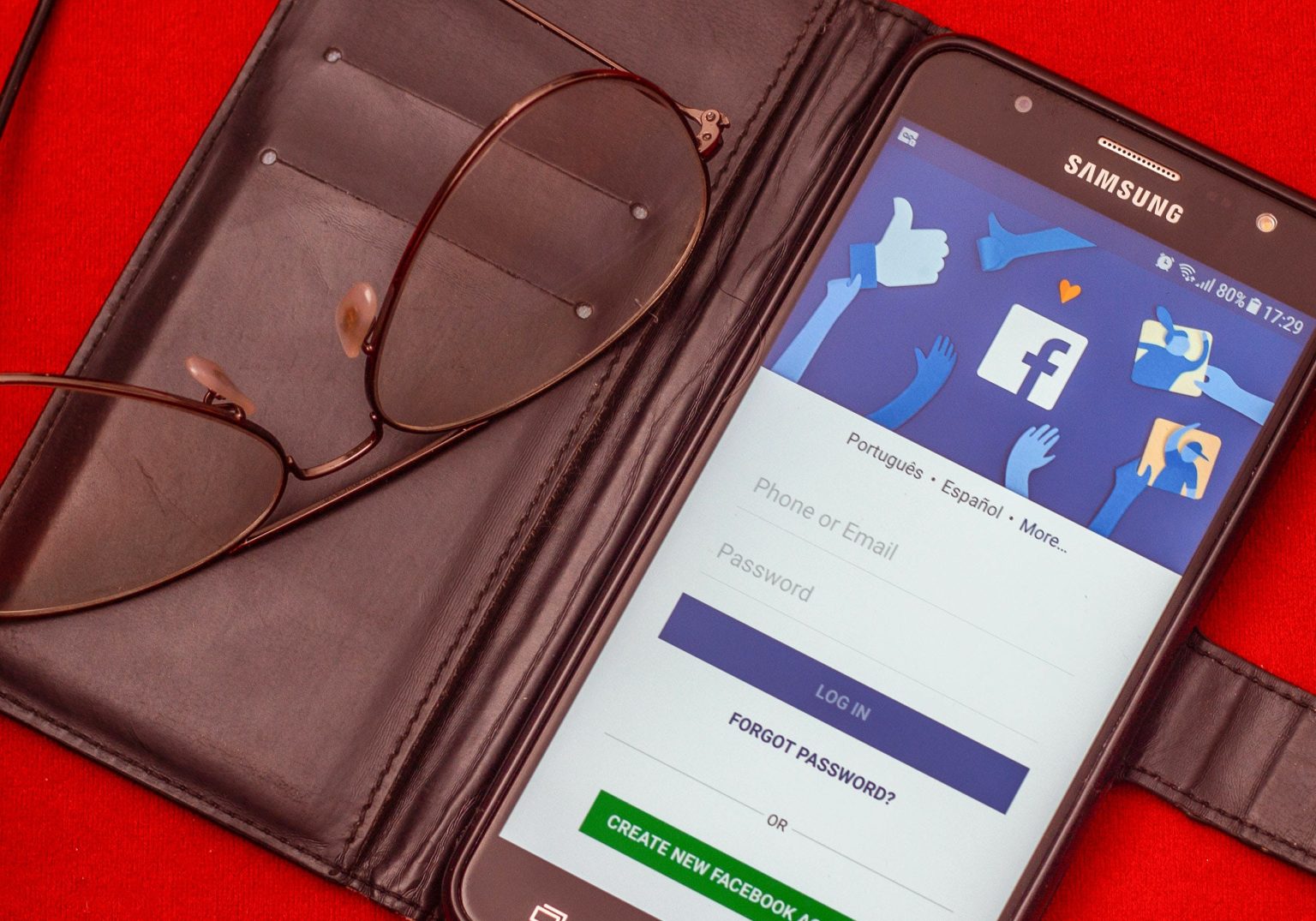Social media platforms such as Instagram, Facebook, and TikTok are a part of our daily routine. Facebook, with its vast user base, is a platform where connections are made and friendships are forged. Sending friend requests is a common practice, but the uncertainty of whether someone ignored your request can be a source of curiosity. Unfortunately, Facebook does not provide a direct feature to reveal who ignored your friend request. However, this article explores various methods and considerations for those eager to uncover the mystery of unaccepted friend requests.

Understanding Facebook Friend Requests
Sending a friend request on Facebook is a straightforward process. You find someone you want to connect with, click the “Add Friend” button, and await their response. The person can either accept, ignore, or decline your friend request. While you receive notifications for accepted requests, there is no direct notification or feature for ignored requests.
1. Lack of Direct Notification
– Facebook intentionally does not notify users when their friend request is ignored. This is likely to maintain user privacy and prevent unnecessary notifications for actions that may be intentional or accidental.
2. Accepted Requests vs. Ignored Requests
– Differentiating between accepted and ignored friend requests on Facebook is challenging due to the absence of specific notifications or features. Facebook focuses on protecting user privacy, and as a result, interactions regarding friend requests are often kept confidential.
Methods to Gauge Ignored Friend Requests
While Facebook does not provide a direct means to determine who ignored your friend request, there are some indirect methods and considerations:
1. Profile Investigation
– Periodically check the profile of the person to whom you sent the friend request. If the “Add Friend” button is still visible, it indicates that your request has not been accepted. However, this doesn’t confirm whether it was ignored or simply not seen.
2. Mutual Friends Activity
– Observe the activity of mutual friends with the person you sent the friend request to. If they become friends with that person, it may indicate that your friend request was accepted. However, this is not foolproof and relies on the assumption that mutual friends connect.
3. Reevaluate Your Approach
– Reflect on your approach to sending friend requests. If you frequently send requests to people you do not know or have limited connections with, it might result in more ignored requests. Focus on sending requests to those with whom you have genuine connections or shared interests.
Considerations and Respecting Privacy
1. Privacy Settings
– Facebook users have the right to control their privacy settings. Some users may have strict privacy settings, preventing unknown individuals from sending them friend requests and protect their online presence. Respect these privacy settings and understand that not all ignored requests are intentional.
2. Avoid Speculation
– While it’s natural to be curious about the status of your friend requests, avoid speculating about someone’s motives for not accepting. People have various reasons for managing their friend lists, and it’s essential to respect their choices.
3. Focus on Mutual Connections
– Instead of fixating on ignored requests, concentrate on building connections with people who share common interests or mutual connections. Genuine friendships often develop from shared experiences and interactions.
Uncovering who ignored your Facebook friend request remains a challenge due to the platform’s emphasis on user privacy. While various methods and considerations exist, it’s crucial to respect others’ privacy settings and avoid unnecessary speculation. Facebook is a dynamic platform where connections evolve naturally, and the absence of a direct feature to identify ignored friend requests underscores the importance of focusing on meaningful interactions and genuine connections.

